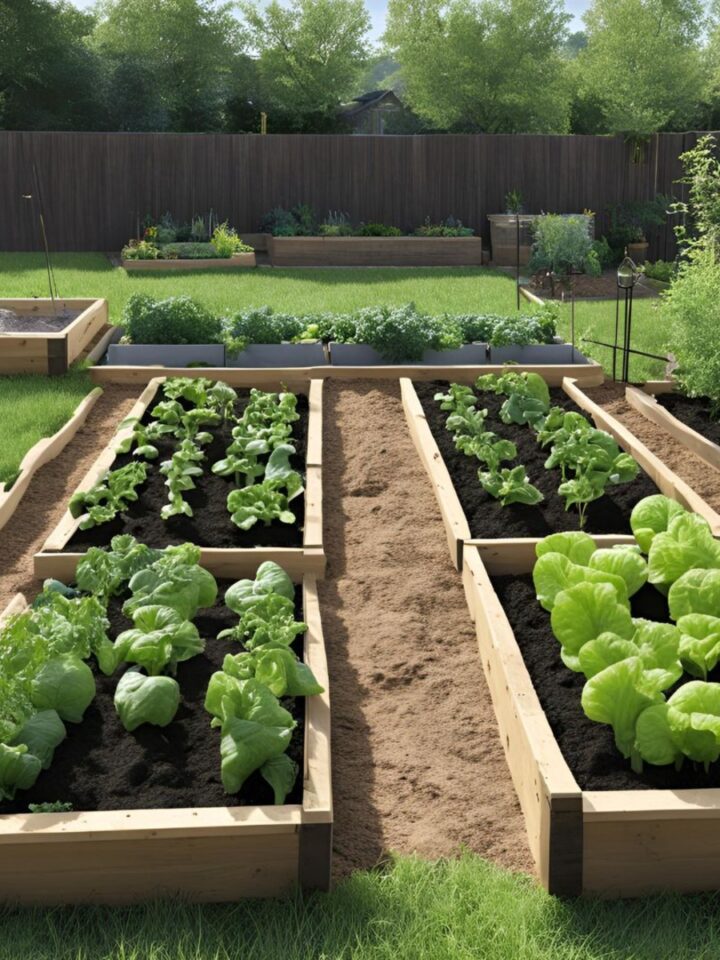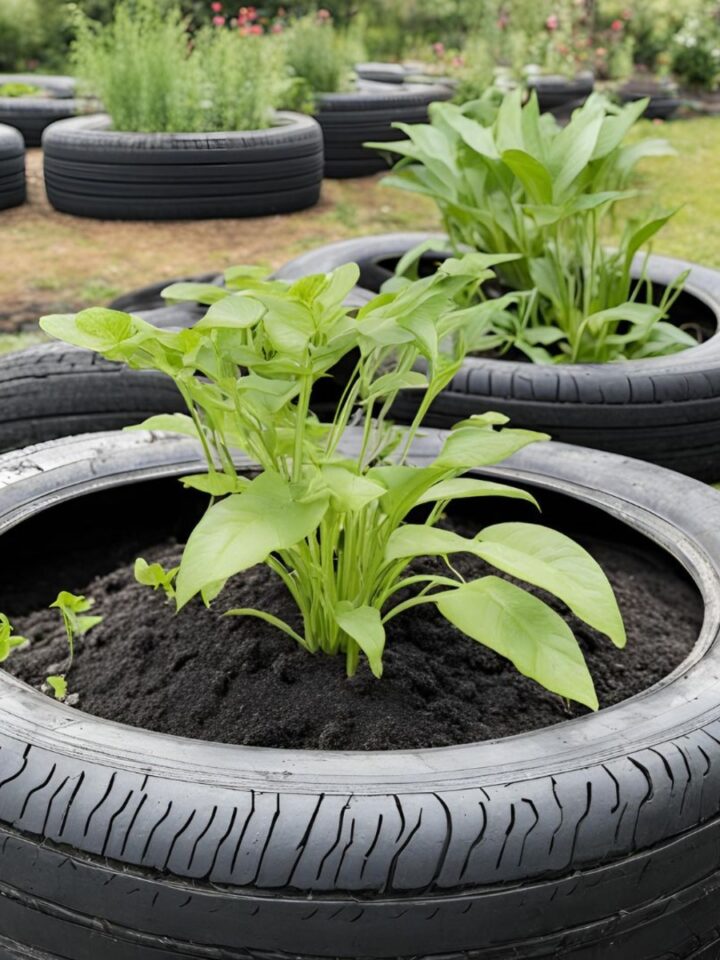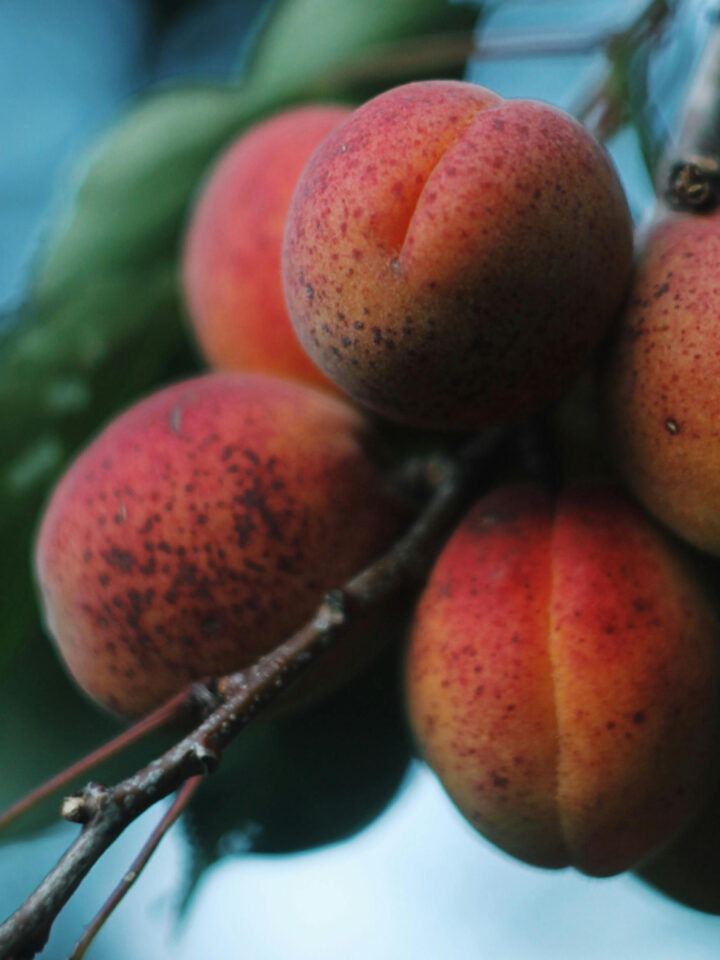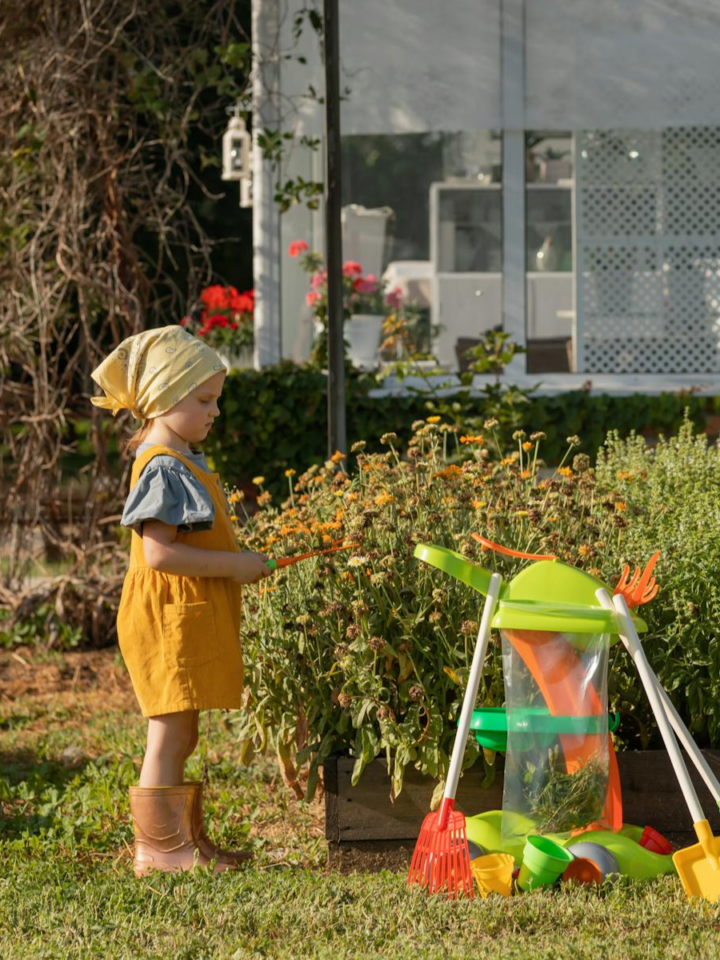This post contains affiliate links, which means I will make a commission at no extra cost to you should you click through and make a purchase. As an Amazon Associate I earn from qualifying purchases.
Jicama, also famous as the Mexican potato, is an edible root vegetable available in Mexico. In the Central American region, the street vendors often sell jicama, and they are eaten raw with a seasoning of lime juice and chilly powder.

However, jicama is not so popular in the US, and many home cooks have never tried this in their life. But this tuber, which is full of vital nutrients, can be used to make a wide variety of dishes.
Jump to:
Gardening Tips for Jicama that Actually Work
Jicama is often labeled as a superfood, and many equate it with kale, quinoa, and acai berries. Jicama is packed with a prebiotic called inulin that helps to improve the health of the gut in a big way. In addition, it is also rich in Vitamin C and Vitamin A. It is also low in calories, making this vegetable a great choice for those looking to lose some pounds.
History of Jicama
The Yam Bean or Jicama was first cultivated in Mexico before the arrival of the Europeans. It is a type of legume that looks like a turnip. It grows up to fifty pounds, and the veggie's flesh is sweet and juicy and tastes somewhat like the water chestnuts.
The vegetable was introduced in the Philippines by the Spanish. It reached different places in SE Asia and the Pacific, where it continues to be a popular vegetable among people of all age groups. It is a common item in grocery stores throughout the US and Mexico.
Benefits of Jicama
Jicama or the Mexican potato is a tuberous root that tastes sweet but has low sugar content making it an ideal choice for diabetes and those who want to follow a low-sugar diet. The main benefit of the veggie is that it is an excellent source of dietary fiber. This fiber is essential for the human body as it helps to prevent constipation and helps to stabilize the blood sugar level of a person.
It is also a good source of Vitamin C, which is an antioxidant. It means that the vegetable plays an active role in countering oxidative stress in the body. Apart from these, Jicama has a vital role in supplying nutrients to the body and regulating the blood sugar level.
Basic Jicama Facts
Germination should occur in 12 to 18 days.
Since it is a tropical plant, Jicama needs a lot of sun for good growth. It has a long growing season of more than 150 days. So, one needs to choose a spot where it can grow undisturbed for the full summer.
Jicama is a tropical plant and requires full sun for its growth. However, it cannot tolerate a temperature of more than 50 degrees C.
You can get up to five per plant
The best way to enjoy jicama is to peel it, cut them into matchsticks, and then eat it in raw form. You can refrigerate them in case you want to have them cooled. Many prefer to dip the matchsticks in chili powder, lime juice, or salt.
Gardening Tips for Jicama: Soil
If you are planting jicama, you need to choose a fertile, rich, and well-drained soil with a pH above 7.0. Since the vegetable is known to be a heavy feeder, one should put lots of well-rotted manure into the soil before planting.
Planting
Many believe that planting jicama is a real challenge, but it depends on where you grow the vegetable. The plant has an excruciatingly long growing season and thrives well in warm regions. Since the plant takes a lot of time to mature, it is not perfect for areas with a short growing season.
Gardening Tips for Jicama: Plant Care
Jicama needs a lot of care and maintenance. The soil should never be allowed to dry out, and it must be kept well-watered. In short, Jicama needs plenty of water. Try to remove the the weeds as soon as they grow to remove competition, but one should not disturb the growing roots.
Many experts also say that plucking the flowers from the jicama plant helps the healthy growth of the tuber. You can try once to see whether it improves the harvest.
Harvesting Jicama
The jicama takes a long time to grow, and only after 150 days will the plant produce an underground root. The vine may die at this point, but it is also a sure sign the plant is ready to be harvested. In other words, you can harvest the jicama plant after about six months of planting the vegetable. Depending on the growth, the jicama can be as small as an orange or as big as a soccer ball.
Enjoying Jicama
Jicama is crunchy to eat and very juicy. The vegetable is mainly eaten raw, but you can enjoy the cooked version too. You can enjoy jicama sticks with a dip or use them in salsa to have a hearty meal. Many people prefer o stir-fry the jicama as it adds a bit of crunch to any dish. You can mix it with broccoli, scallions, ginger, and garlic and add a few toasted cashews to make it more flavorful.
Easy Jicama Recipe
There are many jicama recipes out there on the internet but try the baked jicama fries with a little black pepper and turmeric. The fries are best served with fresh guacamole for a delicious side meal.




